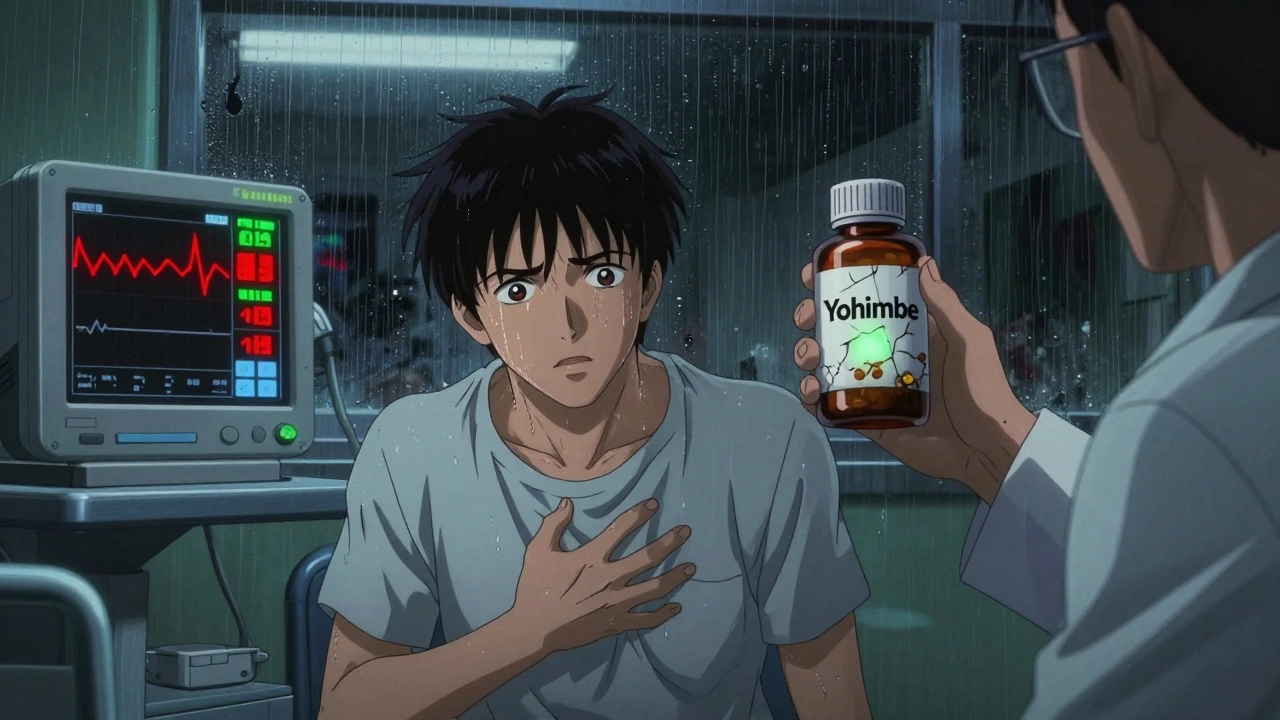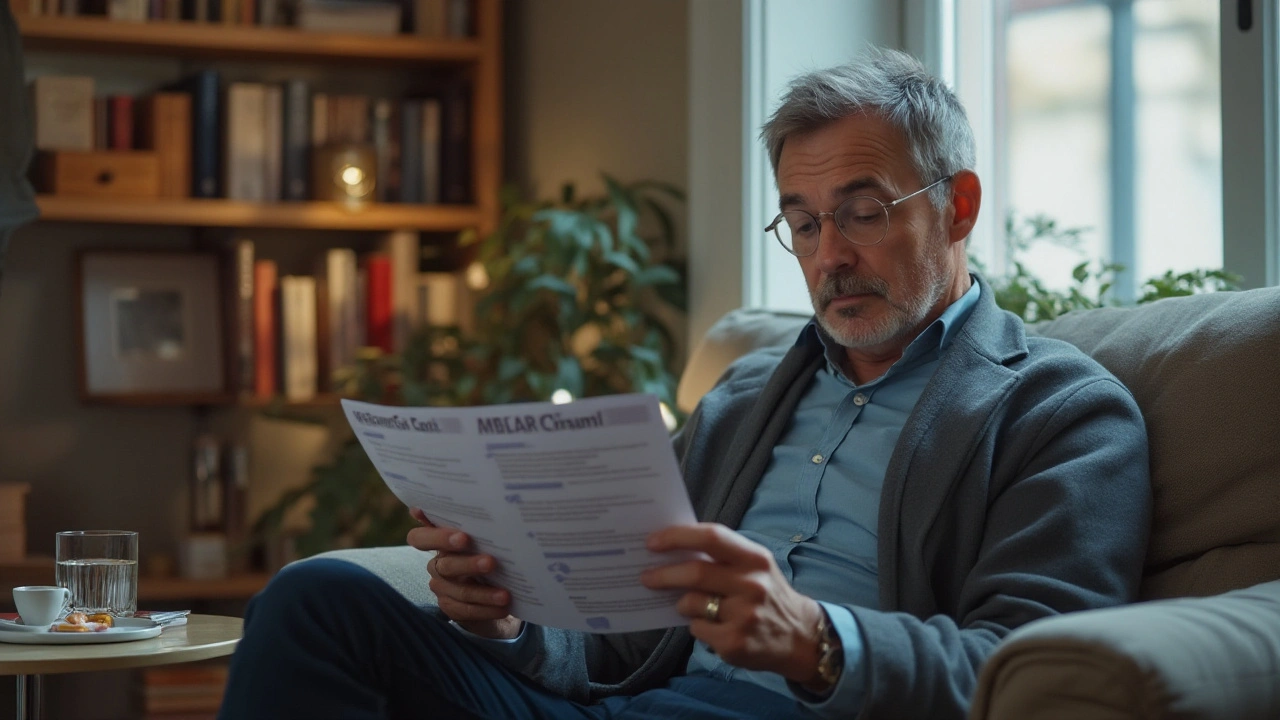Hypertension: what it is and why it matters
High blood pressure (hypertension) usually shows no clear symptoms, yet it raises the risk of heart attack, stroke, kidney problems, and more. A home reading of 130/80 mm Hg or higher often needs attention, but your target can vary depending on age and health. The good news: small changes add up and many people can lower their numbers without complex treatments.
Quick, practical steps to lower blood pressure
Start with actions you can control. Cut salt: aim for under 2,300 mg of sodium daily, and go closer to 1,500 mg if you can. Eat more vegetables, fruit, whole grains, and lean protein—DASH-style meals work well. Move: try 150 minutes a week of moderate exercise (brisk walking, cycling, swimming). Losing weight helps—losing around 10 kg often drops systolic pressure by roughly 5–20 mm Hg. Limit alcohol (no more than 2 drinks/day for men, 1 for women) and quit smoking. Sleep well and manage stress with simple routines: short walks, breathing exercises, or consistent bedtimes.
Make small, concrete changes: swap processed snacks for fresh fruit, park farther from the store, use a smaller plate at dinner, and keep ready-to-eat veggies in the fridge. These choices are easier to keep up and still move numbers in the right direction.
Medications and when they matter
If lifestyle steps aren’t enough, drugs are safe and effective. Common classes include:
- Thiazide diuretics (hydrochlorothiazide, chlorthalidone)
- ACE inhibitors (lisinopril)
- ARBs (losartan, valsartan)
- Calcium channel blockers (amlodipine)
- Beta-blockers (metoprolol)
Which one fits you depends on other health issues, age, and side effects. For example, beta-blockers like metoprolol help some people but not everyone; if you want alternatives, our article "10 Alternatives to Metoprolol" covers options and trade-offs. Always review changes with your doctor—don’t stop medication suddenly.
Track side effects: dizziness, persistent cough, swelling, or unusual tiredness should be reported. Your provider may adjust dose or swap drugs until you find a regimen that controls blood pressure with tolerable side effects.
Home monitoring matters. Use a validated upper-arm cuff, sit quietly for five minutes, rest your arm at heart level, and take two readings one minute apart—do this morning and evening for a week to spot patterns. Bring your log to appointments.
Seek urgent care if your pressure spikes above 180/120 mm Hg or you have severe headache, chest pain, shortness of breath, vision changes, or weakness. Those symptoms can mean organ damage and need immediate care.
Hypertension is manageable. With steady lifestyle moves, reliable home monitoring, and the right medications when needed, you can lower risks and feel more in control. If you want help finding trustworthy medication info or safe online pharmacies, check related guides on PharmaExpressRx.com or talk with your healthcare provider.


